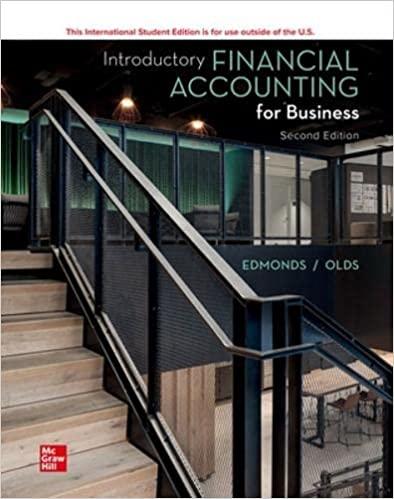Check my work Andretti Company has a single product called a Dak. The company normally produces and sells 124,000 Daks each year at a selling price of $46 per unit. The company's unit costs at this level of activity are given below: Direct materials Direct labor Variable manufacturing overhead Fixed manufacturing overhead Variable selling expenses Fixed selling expenses Total cost per unit $8.50 11.00 3.30 4.00 ($496,000 total) 2.70 4.50 ($558,000 total) $34.00 A number of questions relating to the production and sale of Daks follow. Each question is independent. Required: 1-a. Assume that Andretti Company has sufficient capacity to produce 155,000 Daks each year without any increase in fixed manufacturing overhead costs. The company could increase its unit sales by 25% above the present 124.000 units each year if it were willing to increase the fixed selling expenses by $130,000. What is the financial advantage (disadvantage) of investing an additional $130,000 in fixed selling expenses? 1-b. Would the additional investment be justified? 2. Assume again that Andretti Company has sufficient capacity to produce 155,000 Daks each year. A customer in a foreign market wants to purchase 31.000 Daks. If Andretti accepts this order it would have to pay import duties on the Daks of $170 per unit and an additional $27,900 for permits and licenses. The only selling costs that would be associated with the order would be $2.30 per unit shipping cost. What is the break-even price per unit on this order? 3. The company has 700 Daks on hand that have some irregularities and are therefore considered to be "seconds. Due to the irregularities, it will be impossible to sell these units at the normal price through regular distribution channels. What is the unit cost figure that is relevant for setting a minimum selling price? 4. Due to a strike in its supplier's plant, Andretti Company is unable to purchase more material for the production of Daks. The strike is expected to last for two months. Andretti Company has enough material on hand to operate at 25% of normal levels for the two-month period. As an alternative, Andretti could close its plant down entirely for the two months. If the plant were closed, fixed manufacturing overhead costs would continue at 35% of their normal level during the two-month period and the fixed selling expenses would be








